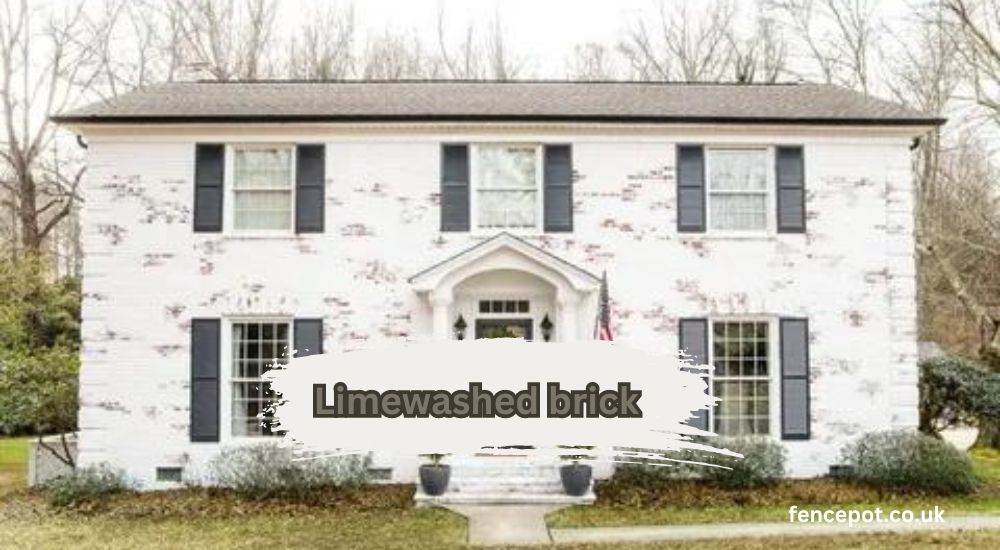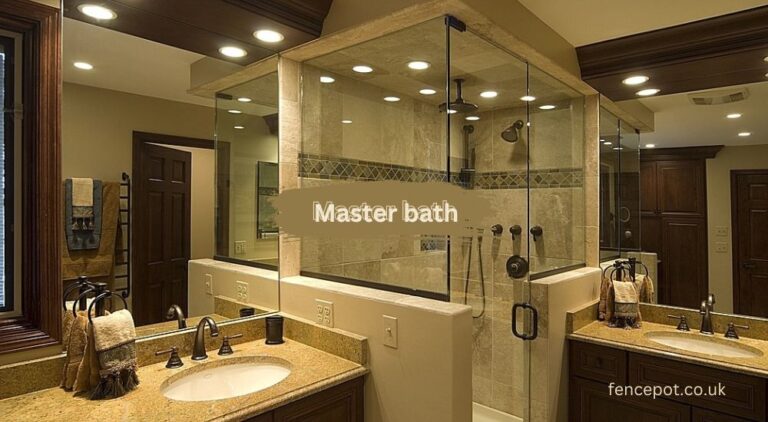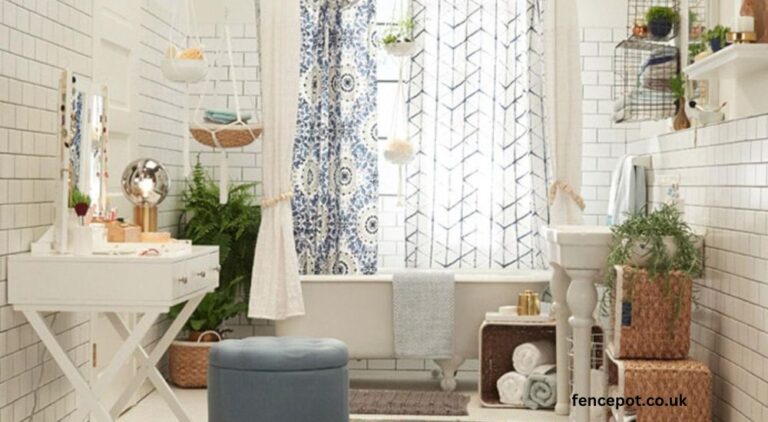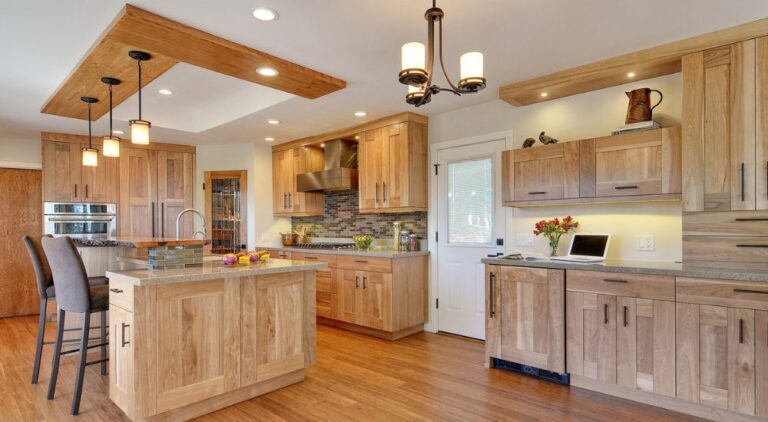Limewashed brick is making a big comeback in modern home design, offering a beautiful, old-world charm that many homeowners desire. Whether you’re renovating an older home or updating a newer property, limewashing can add character and warmth to your brick surfaces. But what exactly is limewashing, and why is it becoming so popular? Let’s dive in.
Introduction to Limewashed Brick
Limewashing is an ancient technique that has been used for centuries to protect and beautify buildings. Originating in Europe, particularly in Mediterranean regions, limewashing involved applying a thin layer of slaked lime and water to stone or brick surfaces. This technique was used not only for its aesthetic appeal but also for its protective properties.
So, what is limewashing? Simply put, it’s the application of a watered-down lime solution to brick or stone, giving it a soft, weathered appearance. Unlike paint, limewash penetrates the surface, allowing the brick to breathe, which is particularly beneficial for older structures.
The Appeal of Limewashed Brick
One of the main reasons homeowners opt for limewashed brick is its unique appearance. Limewash creates a soft, muted finish that allows the texture and character of the brick to show through. It can give your home a charming, rustic look that only improves with age. The finish is less uniform than paint, which adds to its natural beauty. Limewashing isn’t just about looks; it also offers excellent durability. The limewash bonds with the brick, creating a strong, long-lasting finish that can withstand the elements. It’s also breathable, allowing moisture to escape from the brick, which helps prevent damage like cracking or spalling over time.
Limewashing vs. Painting Brick
While both limewashing and painting can change the look of your brick, they are fundamentally different processes. Paint sits on the surface of the brick, creating a barrier. This can trap moisture inside, potentially leading to damage. Limewash, on the other hand, is absorbed into the brick, allowing it to breathe. Limewashing has several advantages over painting, including its breathable nature, natural appearance, and ease of maintenance. However, it may require more frequent touch-ups compared to paint, especially in high-traffic areas or harsh climates. Paint offers a more uniform and opaque finish but can peel and crack over time, especially if the brick was not properly prepared.
How Limewashing Works
Limewashing works through a chemical process called carbonation. When the limewash is applied, it reacts with carbon dioxide in the air to form calcium carbonate. This hardens over time, creating a durable, breathable layer on the brick surface. To limewash brick, you’ll need slaked lime, water, and a few simple tools like brushes or sprayers. You can also add natural pigments to the mix if you want to achieve a specific color.
Preparing Brick for Limewashing
Before you start limewashing, it’s essential to prepare the brick properly. This means cleaning the surface thoroughly to remove dirt, moss, or old paint. Any cracks or damaged bricks should be repaired to ensure an even application. Skipping the preparation step can lead to poor results, such as uneven coverage or peeling. Taking the time to clean and repair the brick will ensure that the limewash adheres properly and looks its best.
Step-by-Step Guide to Limewashing Brick
Mixing the Limewash Solution: Start by mixing your limewash solution. A typical ratio is one part lime to four parts water, but this can vary depending on the desired finish. Mix thoroughly until you achieve a smooth, consistent solution.
Application Techniques: There are a few ways to apply limewash, depending on the look you want. You can use a brush for a more textured finish, or a sprayer for a smoother, more even coat. Start with a thin layer, allowing it to dry before adding additional coats if necessary.
Drying and Curing Process: After applying the limewash, it will need time to dry and cure. This process can take anywhere from a few days to a few weeks, depending on the weather conditions. During this time, the limewash will lighten in color and harden, creating a durable finish.
Common Mistakes to Avoid When Limewashing
One common mistake is applying too much limewash at once. This can lead to streaks, drips, and uneven coverage. It’s better to apply several thin coats, allowing each one to dry completely before adding the next. Another mistake is not preparing the surface properly. If the brick isn’t clean and free of debris, the limewash may not adhere correctly, leading to peeling or flaking down the line.
Maintaining Limewashed Brick
Limewashed brick is relatively low maintenance, but it does require some care to keep it looking its best. Regularly cleaning the surface with a soft brush and mild detergent can help prevent dirt and grime from building up. Over time, you may need to touch up areas where the limewash has worn away. This is a simple process that involves applying a fresh coat of limewash to the affected area. For larger repairs, you may need to reapply the limewash to an entire section of the wall.
Advantages of Limewashed Brick in Different Climates
Limewashed brick performs particularly well in humid environments. Because it’s breathable, it allows moisture to escape, preventing issues like mold or mildew that can be problematic with other finishes. In cold climates, limewash can help protect the brick from freeze-thaw damage. The breathable nature of limewash allows moisture to escape, reducing the risk of the brick cracking or spalling due to trapped water freezing and expanding.
Environmental Benefits of Limewashing
Limewash is an environmentally friendly option for finishing your brick. It’s made from natural materials and doesn’t contain harmful chemicals or VOCs (volatile organic compounds). Additionally, limewash is biodegradable, making it a sustainable choice for your home. Compared to paint or synthetic coatings, limewash has a much smaller environmental footprint. It’s also easier to remove or reapply, making it a more sustainable option in the long run.
Popular Colors and Finishes for Limewashed Brick
While limewash is traditionally white, you can also tint it with natural pigments to achieve a variety of colors. Popular choices include soft earth tones, pastel shades, and even more vibrant hues for a modern twist. The finish of limewashed brick can vary depending on the application method and the number of coats applied. A single coat will give a more transparent look, allowing the brick’s natural color to show through, while multiple coats will create a more opaque finish.
Limewashed Brick in Home Design
Limewashed brick can be used both indoors and outdoors, offering a versatile design option for your home. Inside, it can add warmth and texture to feature walls, fireplaces, or even kitchen backsplashes. Outside, it can enhance the curb appeal of your home, giving it a classic, timeless look. Limewashed brick works well with a variety of design styles, from rustic and traditional to modern and minimalist. It pairs beautifully with natural materials like wood and stone and can be used to create a cohesive look throughout your home.
DIY Limewashing vs. Hiring a Professional
Limewashing is a relatively simple process that many homeowners can tackle themselves. However, hiring a professional can ensure a more even and durable finish, especially for larger or more complex projects. Consider your budget, time, and skill level when deciding whether to DIY or hire a pro. DIY limewashing is generally more affordable, with the main costs being materials and your time. Hiring a professional will cost more, but it can save you time and ensure a high-quality finish. Get quotes from several contractors to compare prices before making a decision.
Case Studies: Successful Limewashing Projects
Limewashing has been used in numerous historic restorations to preserve the integrity and appearance of old brick buildings. In many cases, it’s the preferred method for maintaining the original look and feel of the structure while providing additional protection. In recent years, limewashed brick has become popular in modern home design. Homeowners are using it to add character and warmth to new constructions, blending the old-world charm of limewash with contemporary design elements.
Conclusion
Limewashed brick offers a unique blend of beauty, durability, and environmental friendliness, making it an excellent choice for homeowners looking to enhance their property’s aesthetic appeal. Whether you’re preserving the character of an older home or adding charm to a new build, limewashing provides a timeless look that continues to gain popularity. Its breathable nature, combined with the ability to create a variety of finishes and colors, makes it a versatile option for both interior and exterior applications.
Read More interesting topic about bedroom













